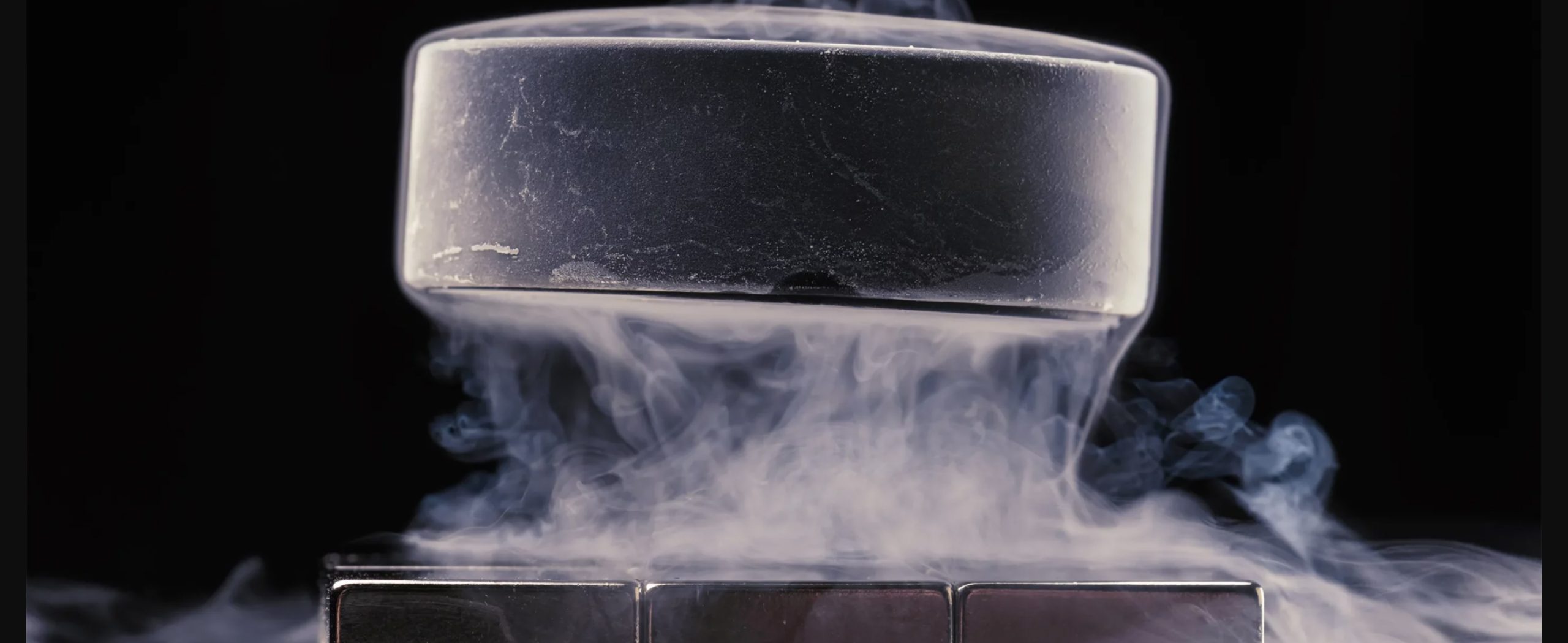A Chinese experiment puts pressure on controversial superconductivity claim

On March 7, science community was electrified by the blockbuster science claim made by American scientist Dr. Ranga Dias that superconductivity has been achieved at room-temperature. The phenomenon of superconductivity typically requires extreme conditions to emerge, such as exceedingly low temperature or high pressure.
Therefore, achieving superconductivity at room temperature with mild pressure would be a monumental breakthrough for creating devices that don’t waste energy on heat when producing a current. Potential applications could include more efficient computers; faster, frictionless maglev trains; superior X-ray technology; and even more powerful nuclear fusion reactors.
However, there is an interesting contrast between the frenzy of the investment community and the calmness of the scientific community in the face of this “major breakthrough”.
Without sharing further details regarding the experiment’s conditions, and compounded by his previous misconduct, Dr. Dias’s claim invites intense scrutiny. Two days later, on March 9, scientists from the Institute of Physics of Chinese Academy of Science published a research paper online, documenting an attempt to replicate Dr. Dias’s experimental results but did not achieve superconductivity. In the paper, scientists asked Dr. Dias to disclose more data and evidence to support the validity of the room-temperature superconductivity claim. Currently, Dr. Dias is also under investigation of data manipulation and plagiarism in his earlier works.
 University of Rochester assistant professor of Mechanical Engineering and Physics and Astronomy Ranga Dias photographed with equipment used to compress and alter the properties of hydrogen rich materials in his lab in Hopeman Hall February 2, 2021. Dias’ goal is to create novel quantum materials such as superconductors with a critical temperature at or near room temperature. // photo by J. Adam Fenster / University of Rochester
University of Rochester assistant professor of Mechanical Engineering and Physics and Astronomy Ranga Dias photographed with equipment used to compress and alter the properties of hydrogen rich materials in his lab in Hopeman Hall February 2, 2021. Dias’ goal is to create novel quantum materials such as superconductors with a critical temperature at or near room temperature. // photo by J. Adam Fenster / University of Rochester
Predictably, there should be more other research groups around the world working day and night to try to replicate this result. Ultimately, it all comes down to facts.
What would happen if this result were true? How would our lives be transformed?
Well, if it were true, it would certainly be a huge boost to superconductivity research. However, it is still quite a long way to go in terms of practical applications.





